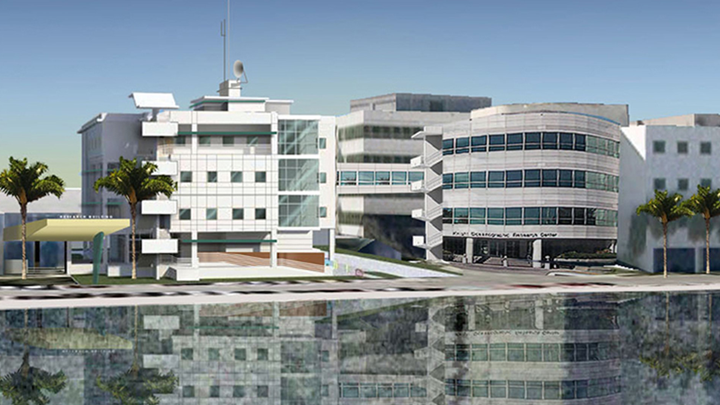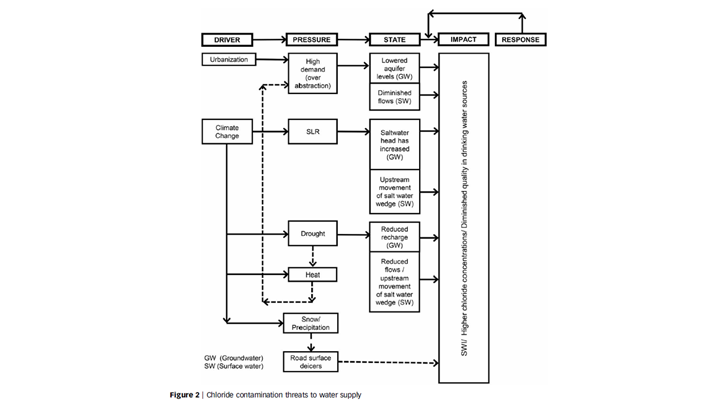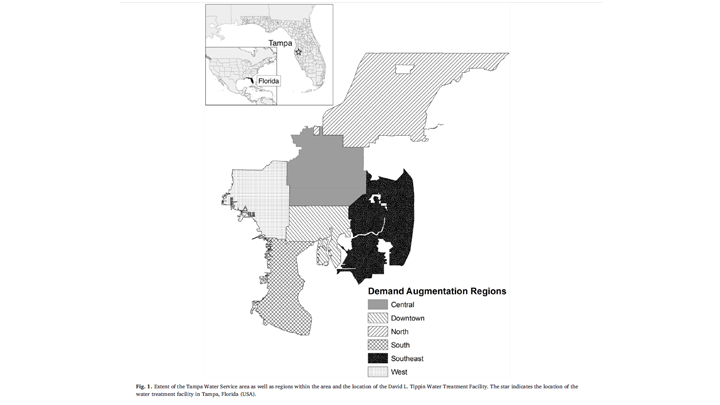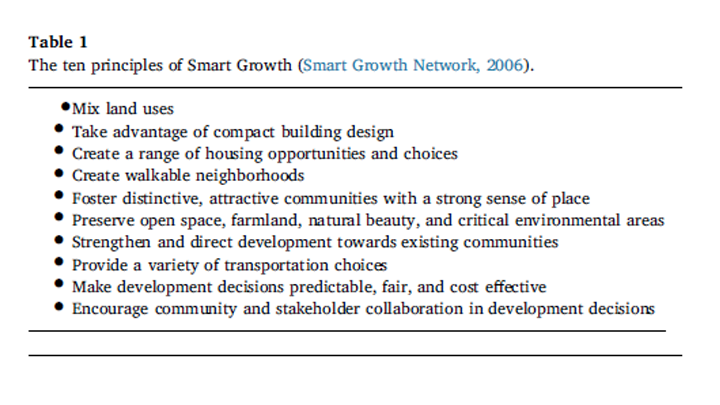College of Engineering News Room
Planned Center of Excellence in Environmental and Oceanographic Sciences at USF St. Petersburg to support environmental engineering research

by Russell Nay
In January, USF’s St. Petersburg Campus announced the potential launch of the Center of Excellence in Environmental and Oceanographic Sciences, an “interdisciplinary center of excellence that will harness the collective power of colleges and departments from throughout the university to address the existential challenges created by climate change, including sea level rise, high tide flooding events and other coastal hazards.”
“What this innovative, groundbreaking center of excellence will achieve can be summed up in a single word – impact,” USF President Rhea Law said in the announcement. “It will make an enormous difference for our students, our faculty and our community, and is poised to make waves both nationally and internationally.”
USF is seeking support from the Florida Legislature during the upcoming state legislative session and from the Tampa Bay community to fund the center and its physical location at USF St. Petersburg, which would be home to the Florida Flood Hub for Applied Research and Innovation, state-of-the-art research and instructional space, and a data visualization center that would “provide information that improves forecasting models, helps identify flooding hazards, and assesses their economic impact.”
The St. Petersburg City Council unanimously passed a resolution expressing support for the proposed center, and St. Petersburg Downtown Partnership Jason Mathis said in the announcement that “research from this facility will help shape the insurance industry, environmental engineering, zoning and real estate development decisions.”
Also mentioned was the fittingness of the center’s proposed location, given Tampa Bay’s vulnerability to hurricanes and floods. USF civil and environmental engineering faculty have researched addressing the challenges of the water-energy nexus for over a decade, including better preparation for climate change-linked natural disasters and lowering the energy requirements of maintaining Tampa Bay’s water supply.
In 2017, professor Daniel H. Yeh and student Pacia Diaz had an article they co-authored published in peer-reviewed research journal Water Practice & Technology titled “Resilient urban water supply: preparing for the slow-moving consequences of climate change.” Their research examines how water supply resilience planning in the U.S. is typically focused on improving the preparedness and ability of communities to restore critical systems following extreme events like hurricanes, earthquakes and terrorism, as opposed to more gradual changes associated with climate change like drought and sea level rise.
The article focuses on chloride contamination specifically, which it states is not limited to coastal locations or locations that frequently experience drought. According to the U.S. Environmental Protection Agency, an estimated “two-thirds of the continental United States is underlain by saline waters that can intrude into fresh water supplies.”
Chloride contamination — typically due to human activities that lead to stormwater runoff and overuse of natural water resources — can lead to a decline in drinking water quality as well as corrosion of drinking water infrastructure and water distribution networks. It’s also a common end result of sea level rise and saltwater intrusion, when saltwater mixes with a body of fresh water, which are both connected to climate change.

Overuse of aquifers, especially in urbanized coastal locations where a column of freshwater typically prevents denser seawater from intruding into freshwater aquifers, has already led to the permanent contamination of a number of aquifers around the country. Díaz and Yeh included a matrix of existing responses to chloride contamination, sea level rise and saltwater intrusion in the article. These are based on actions taken by water utilities to increase the quality of their respective aquifers and range from installing control gates at neighboring canals to act as salinity barriers to freshwater “injections” of aquifers with a few hundred purpose-built wells meant to recharge aquifers with new freshwater stores.
Díaz and Yeh also included a list of key observations from their study that communities can use to create a proactive water supply management strategy that fits their individual needs while addressing the potential consequences of climate change.
In the same year as Díaz’s and Yeh’s article was published, USF civil and environmental engineering professors James Mihelcic, Mahmood Nachabe, Mark Santana, Qiong Zhang, and Xiongfei Xie, had a research paper they co-authored published in peer-reviewed research journal Landscape and Urban Planning titled “Could smart growth lower the operational energy of water supply? A scenario analysis in Tampa, Florida, USA.”
In it, they explore using smart growth — “an urban development paradigm with the goal of reducing the environmental impact of urbanization” — to minimize the energy required by the City of Tampa Water Service Area to distribute drinking water to around 588,000 Bay Area residents after its collection and treatment.

The water distribution system itself pulls around 68,000,000 gallons of water each day from the Hillsborough River Reservoir, which is treated via the David L. Tippin Water Treatment Facility and pumped through the system’s 134,000 pipes spread throughout Tampa.
The paper hypothesizes that compacting Tampa’s future development with urban planning that incorporates the ten principles of smart growth would lead to reduced operational energy of its piped water distribution system. Planning scenarios that result in a more compact city should lead to reduced water consumption as well as less required energy to move people and water through the city.

Tampa’s status as a rapidly growing coastal urban area also makes the paper’s findings relevant to similar growing coastal cities of the world that face the same challenges of providing water to a growing population while working to better plan their communities, limit energy use and curb greenhouse gas emissions.
Using data from several possible projections of Tampa’s future growth created by Tampa Bay development consortium One Bay, as well as projections for future water consumption in each growth scenario, the researchers found that the smart growth principles could lead to lower per-capita water consumption in Tampa but don’t necessarily improve the operational energy requirements of the city’s water supply.
A large reason for this is how varied the interconnected water treatment and supply characteristics are throughout the entire Tampa-Clearwater-St. Petersburg metropolitan area, which makes it difficult to analyze just Tampa’s growth separate from the rest of the Bay Area. The methodology used, however, can aid other cities’ future development plans in determining projections of energy and environmental impacts.
Both research projects conducted by USF civil and environmental engineering faculty are also relevant to one of the department’s newest courses — EGN 2065: Engineering Sustainable and Healthy Environments. The course will focus on case studies meant to help students explore the technical and non-technical perspectives involved with designing and managing equitable and enduring infrastructure that reduces environmental hazards and energy usage.
Students taking this course will also be able to pursue a new undergraduate Bachelor of Science in Environmental Engineering, which prepares graduates for a career in environmental engineering designing systems and solutions at the intersection of human communities and the environment.